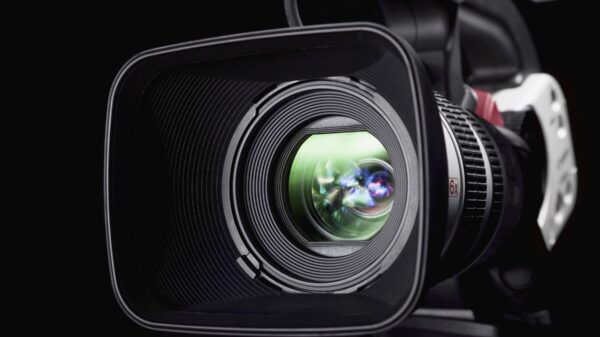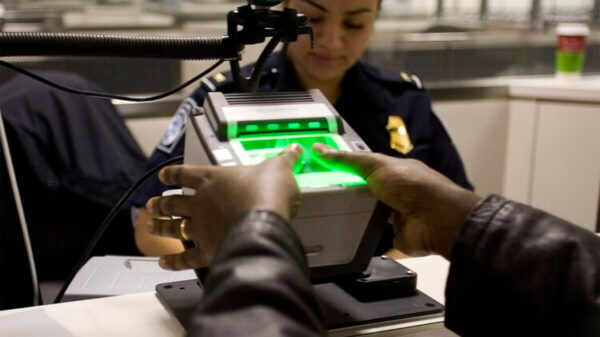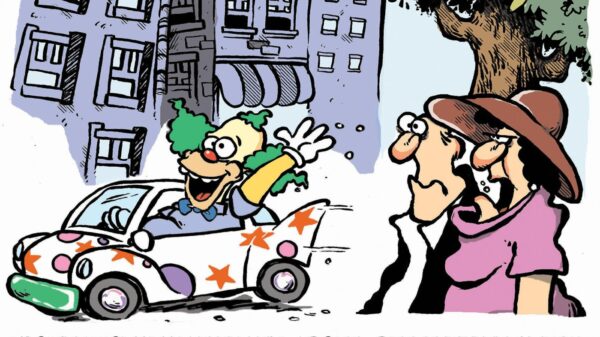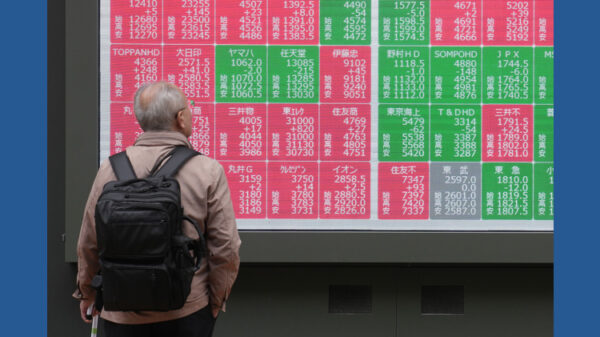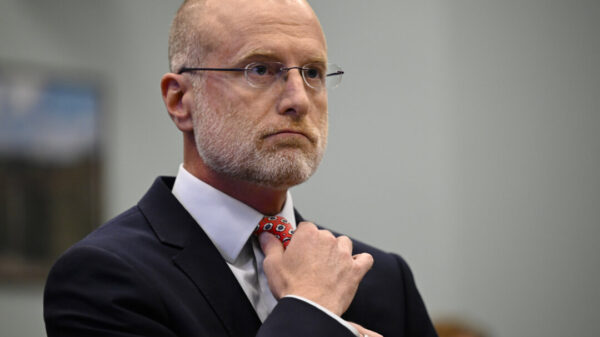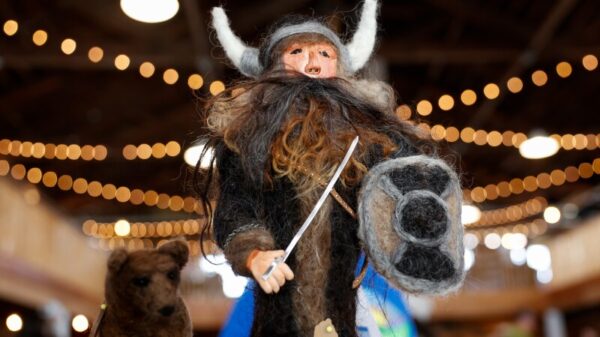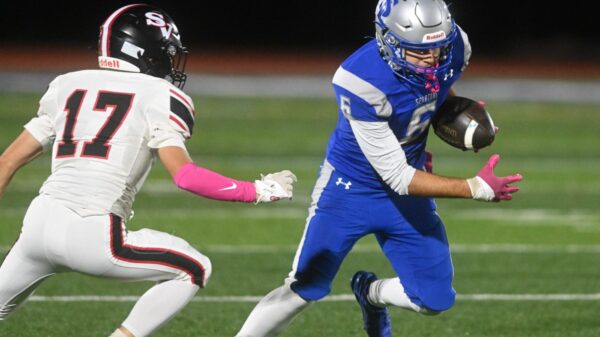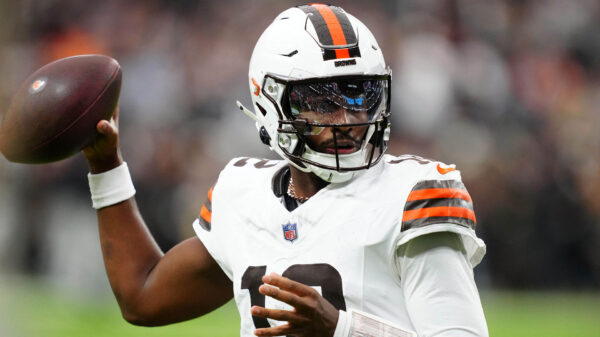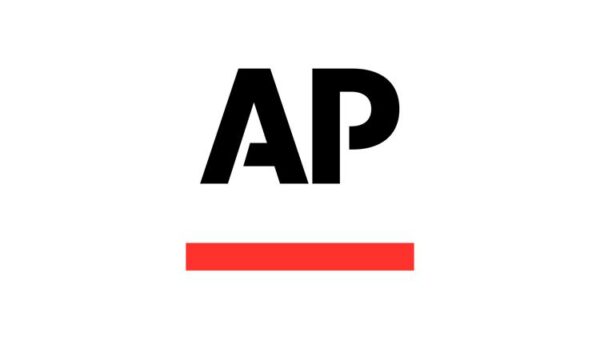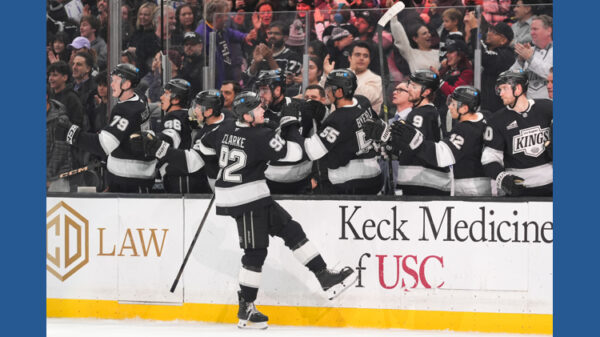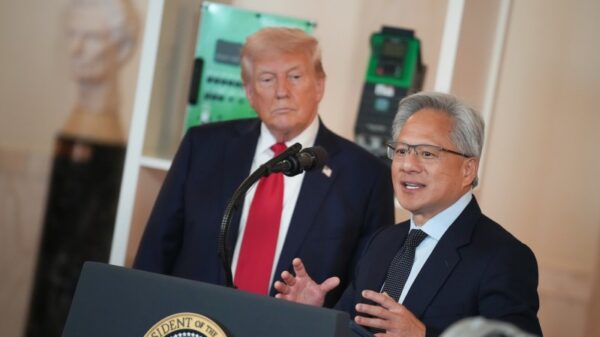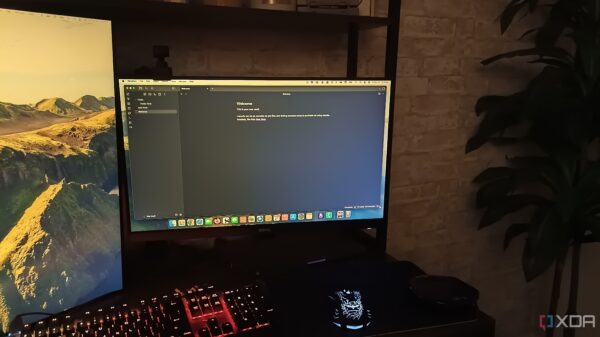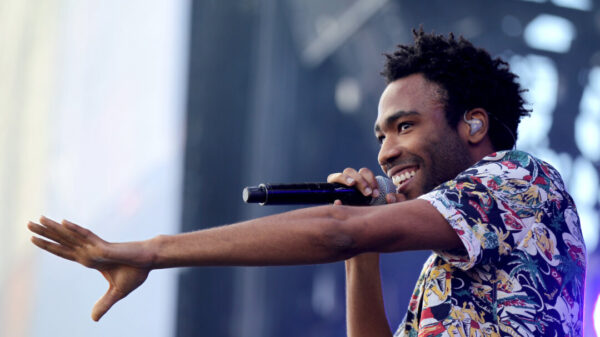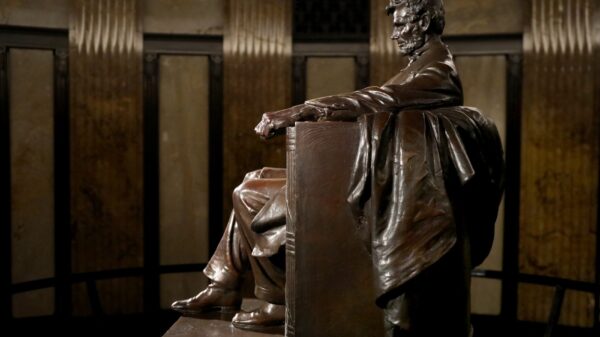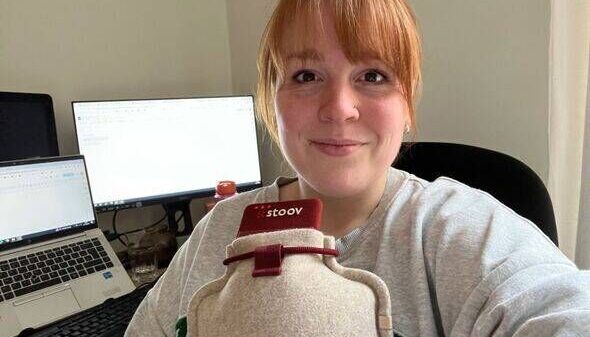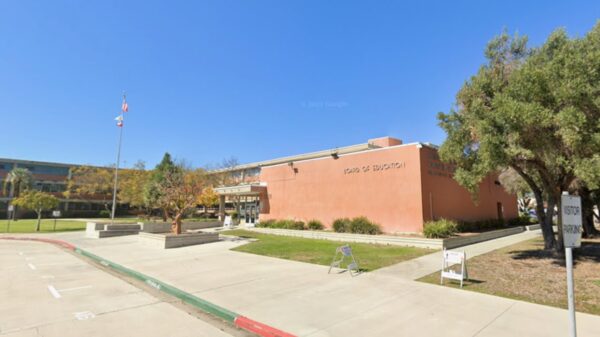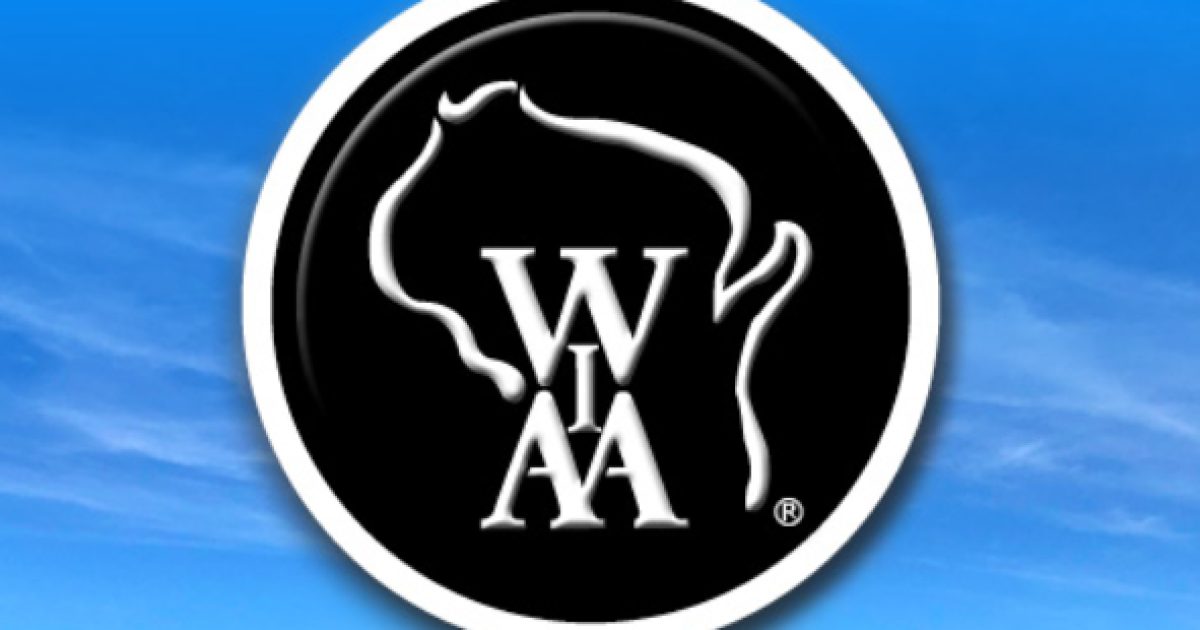UPDATE: Wisconsin high school athletes can now profit from their name, image, and likeness (NIL) rights! This groundbreaking development was confirmed by the Wisconsin Interscholastic Athletic Association (WIAA) as of April 2024. Following a recent vote, nearly 75% of member schools approved this policy, signaling a major shift in the state’s approach to high school athletics.
The urgency around this decision stems from a nationwide trend, with 42 states already adopting similar NIL policies. Athletic directors across Wisconsin pushed for these changes to establish guidelines before state lawmakers intervened. “As a membership, we wanted to say into what that process looked like,” said Kettle Moraine athletic director Ryan Tomczyk.
This new NIL rule allows student-athletes to enter agreements for activities not affiliated with their school, conference, or the WIAA. However, it also comes with strict limitations. Athletes cannot use their school names or uniforms in promotional deals, and performance-based compensation is strictly prohibited. “Our athletes cannot use Pewaukee, they can’t use their uniforms,” emphasized Jeff Behrens, Pewaukee athletic director.
The changes have sparked excitement among advocates for student-athlete rights. “I think it’s great for the student-athletes, those who can market some of their NIL rights,” said Eido Walny, owner of Walny Legal Group, noting that while it’s a positive step, navigating the new rules may feel like “the Wild West.”
Parents and students are urged to be cautious. The WIAA emphasizes the importance of legal and financial guidance for families. “Get a lawyer to help you, get an accountant to help you. This is business,” Walny advised. Understanding tax obligations and contractual agreements is crucial for young athletes venturing into this new landscape.
Moreover, students must keep their athletic directors informed about any NIL deals. “Bring every deal to me and just run it by me,” Behrens stated, highlighting the importance of guidance to avoid potential violations.
As the NIL landscape evolves, schools may impose stricter regulations than the WIAA. It is vital for athletes and parents to maintain communication with athletic directors to adapt to any changes.
The WIAA’s new NIL policy promises to enhance the educational experience of student-athletes, fostering skills like entrepreneurship and financial literacy. This development is not just about financial gain; it represents a new era in high school sports, where students can learn valuable life skills while honing their athletic talents.
Stay tuned for more updates on this developing story as Wisconsin navigates this significant shift in high school athletics. For further information on the WIAA’s NIL policy, visit their official website.




